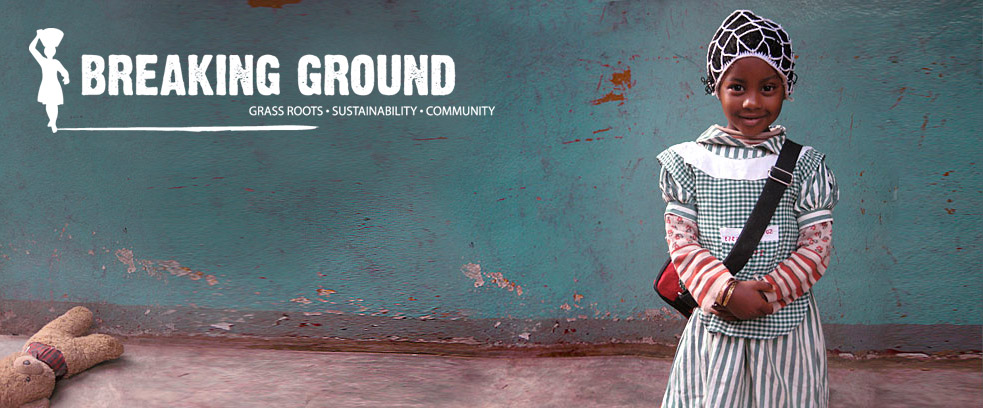Program Development: Health & Social Indicators Survey
 Wednesday, September 7, 2011 at 12:36AM
Wednesday, September 7, 2011 at 12:36AM As I mentioned in a previous blog post, whilst in Cameroon this June, one of my projects was conducting our Health and Social Indicator Survey (HSIS) with women in the neighborhoods where we work. In both N'gaoundéré and the Lebialem Valley, I interviewed a cross section of women of various ages and, whenever possible, ethnic groups. Some women were current or past participants of the WEP, others were the friends and neighbors of these women; people we would like to see signing up for a program in the future.
These surveys will serve a number of purposes. Firstly, the data they provide gives us improved knowledge of the women that we are working with and will provide tracking points to see the impact of our programs over time. Secondly, the survey allows us to see where we should focus our attention, if we start to integrate a health curriculum into our classes.
The WEP classes are a safe, supportive space and a designated meeting time. It seems a perfect opportunity to deliver basic family health information to our participants and, through them, to their wider communities. We are a long way from having a curriculum written and a trained health professional working with our teachers, but this survey is the first step in that direction.
Since I brought home the results, Alden Blair, one of our board members, has been huddled over his computer analyzing the data. Many of the findings supported our experiences in the community, but the statistical results are still quite astounding.
Some highlights of our findings:
- There was no uniform knowledge of HIV/AIDS transmission methods, and thus perhaps understandably there was a great deal of interest in HIV/AIDS (and other STI) education.
- The costs of receiving healthcare (transport to a facility, cost of the visit or cost of medecine) was cited as the main barrier to care by the majority of women.
- Across the board, hand washing is a clear area for intervention. Though most participants recognized the need to use soap and water (we were unable to follow up and see if they a. owned soap and b.used it regularly) knowledge of when washing was needed was low.
- In the Lebialem Valley, a majority (64%) of the women stopped attending school due to the financial burden of school fees. Half the women had only received a primary level education.
- In the Lebialem Valley, 17% of women surveyed treat their water, though only occasionally and with crude filtration methods.
- In N'gaoundéré, the water source was often a public pump, a source that is likely to have been treated. However 76% reported that this source had been unavailable at least once in the past month.
Hopefully, our programs that increase family income and show the economic advantage of educating young girls, will eventually lead to more girls staying in school longer. The findings also confirm the importance of a crop diversification program in the Lebialem Valley that will improve the communities' access to a variety of nutrients, as well as generate income to increase access to healthcare. Other findings, such as those concerning water filtration and hand washing, are areas that a future health curriculum could address directly.
One thing that was clear across the board, was that the women surveyed are hungry to learn. I hope that as we move forward with this information, we will be able to answer their questions and empower women to take care of themselves and their families.
Like most Breaking Ground initiatives, the design and implementation of the survey was a collaborative effort. Thank you to Claire Espey MPH, Mailman School of Public Health, for her careful critiques and TRADADEV for their translation services. If you have questions about the survey content or our findings, please contact us.
 health,
health,  statistics,
statistics,  women
women 
Reader Comments